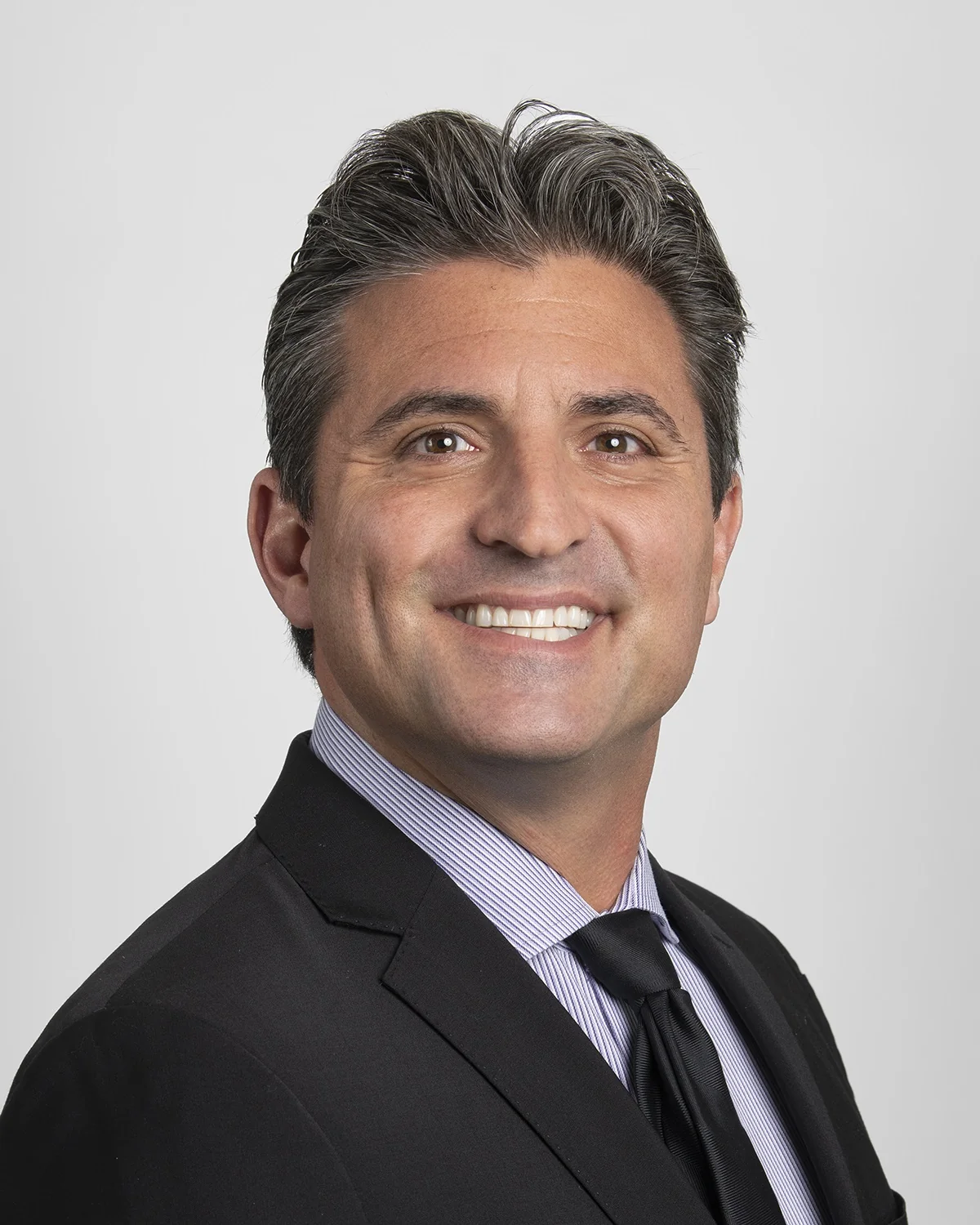Personalizing Hypertension Care with Responsible AI, Moving from Hype to Outcomes

Author:
By Gerald “Jerry” Wilmink, PhD, MBA, Director, Business Development and Licensing, Cleveland Clinic Innovations.
HLTH 2025 made one thing clear: In healthcare, leaders are done with AI hype. They want proof. Sessions with Cleveland Clinic Chief Digital Officer, Rohit Chandra, PhD, and CEO Tom Mihaljevic, MD, brought a healthy dose of evidence-first scrutiny and underscored what it takes to responsibly scale proven tools. At Cleveland Clinic as we move beyond pilots toward AI, that measurably improves patient care.
In my experience, hypertension is where responsible AI can do the most good, the fastest. It’s the world’s most prevalent chronic condition and a leading driver of preventable morbidity and mortality. Yet, despite decades of clinical progress, too many patients still don’t reach sustained control. The reasons are familiar: therapeutic inertia, combinatorial complexity across hundreds of medication options, and months lost to trial-and-error titration. If our goal is outcomes, we must make these decisions simpler, faster, and more precise, without adding to the clinician's burden.
What “Responsible” Looks Like in Hypertension AI
Between sessions here at HLTH, I've had dozens of conversations with leaders grappling with the same challenge: how do you move from AI pilots to proven tools that actually improve care? At Cleveland Clinic, we’ve done it by designing AI solutions that are clinically meaningful, rigorously validated, and seamlessly embedded into everyday workflows. One example of this is the AI solution to help clinicians select the right antihypertensive therapy sooner. It’s designed to support clinicians by predicting the likelihood that a patient will reach control and surfacing medication and dose combinations for the clinician to consider. We embedded the solution in the clinical workflow and made it portable across EMRs because decision support that lives outside routine practice rarely lasts.
A few principles guided the build:
Clinical validation before commercial claims. Before any randomized trial, the technology was validated on 400,000+ patients across 10.5 million+ encounters, with demonstrated predictive accuracy for control within 12 months.
Transparency by design. The models are bias-aware and include confidence intervals, so clinicians can judge not just a recommendation, but also the confidence behind it.
Clinician time is sacred. The tool is EMR-integrated and tuned for point-of-care use. If it doesn’t reduce friction, it won’t scale.
We’re now preparing a randomized controlled trial in late 2025 to evaluate the real-world impact on control rates and care efficiency across routine clinical workflows. Between now and then, we’ll continue to refine the system and monitor for equity and performance across patient subgroups. As we move forward, we’re keeping our mission at the forefront: helping clinicians achieve meaningful improvements in hypertension control faster and more consistently.
Fewer Guesses, Better Bets
Hypertension management is deceptively complex, navigating more than 200 oral medications and countless dose/combination permutations. Even expert clinicians face diminishing returns from manual trial-and-error. The solution helps by calculating an individualized likelihood of control given a patient’s profile, then offering rank-ordered therapy options that align with guidelines and clinician judgment. The result is not an algorithm “telling” the clinician what to do; it’s an informed shortlist that reduces search space and supports more confident prescribing decisions.
We’ve also prioritized explainability: clinicians can see the variables most responsible for a recommendation and the confidence interval surrounding the predicted outcome. That transparency builds trust and enables better conversations with patients—particularly when discussing why a change in therapy is warranted now rather than after three more months of watchful waiting.
Where Our Innovation is Going Next
Reinforcement learning. As more outcomes data accrue, we plan to explore reinforcement learning approaches that adapt recommendations to real-world effectiveness, not just predicted likelihood of control.
Patient engagement loops. Pairing clinician decision support with lightweight engagement (e.g., home BP monitoring and timely nudges) can create a feedback loop that accelerates time-to-control while respecting patient preferences and clinician workflows.
A Broader Lens
This conversation sits squarely at the intersection of HLTH’s AI & Emerging Tech and Population Health tracks. The promise of AI isn’t more dashboards; it’s fewer missed opportunities to act. In hypertension, every month without control compounds risk. A solution that shortens time-to-control and standardizes decisions can amplify gains at the population level, especially when it’s built to travel across settings, not just tertiary care.
The HLTH stage offered two timely reminders:
Rigor beats rhetoric. Dr. Rohit Chandra’s panel underscored that the job is to distinguish genuine breakthroughs in AI applications from marketing fairy tales. In practice, which means pre-trial validation on large, diverse datasets; explicit attention to bias; and deep workflow fit.
Scale requires systems. As Dr. Tom Mihaljevic highlighted, moving from pilots to impact demands enterprise infrastructure, data plumbing, safety governance, and a culture that treats AI as a clinical quality program, not a gadget. We’ve oriented our hypertension work accordingly.
While hypertension is the hero of this story, we’re applying the same responsible AI principles across our digital health portfolio, including select efforts in ophthalmology, where explainability, workflow integration and rigorous evaluation remain non-negotiables. The point isn’t to list everything we’re doing; it’s to illustrate a repeatable pattern for moving from promising algorithms to reliable clinical practice.
What I’m Taking Away From HLTH 2025
If HLTH had a single takeaway this year, it was this: outcomes at scale will be the measure of AI’s success in healthcare. That requires humility about where AI fits in clinical decision-making, investment in the infrastructure that makes it safe and repeatable, and relentless focus on the patient’s journey from first visit to sustained control.
Hypertension gives us the chance to prove it.
